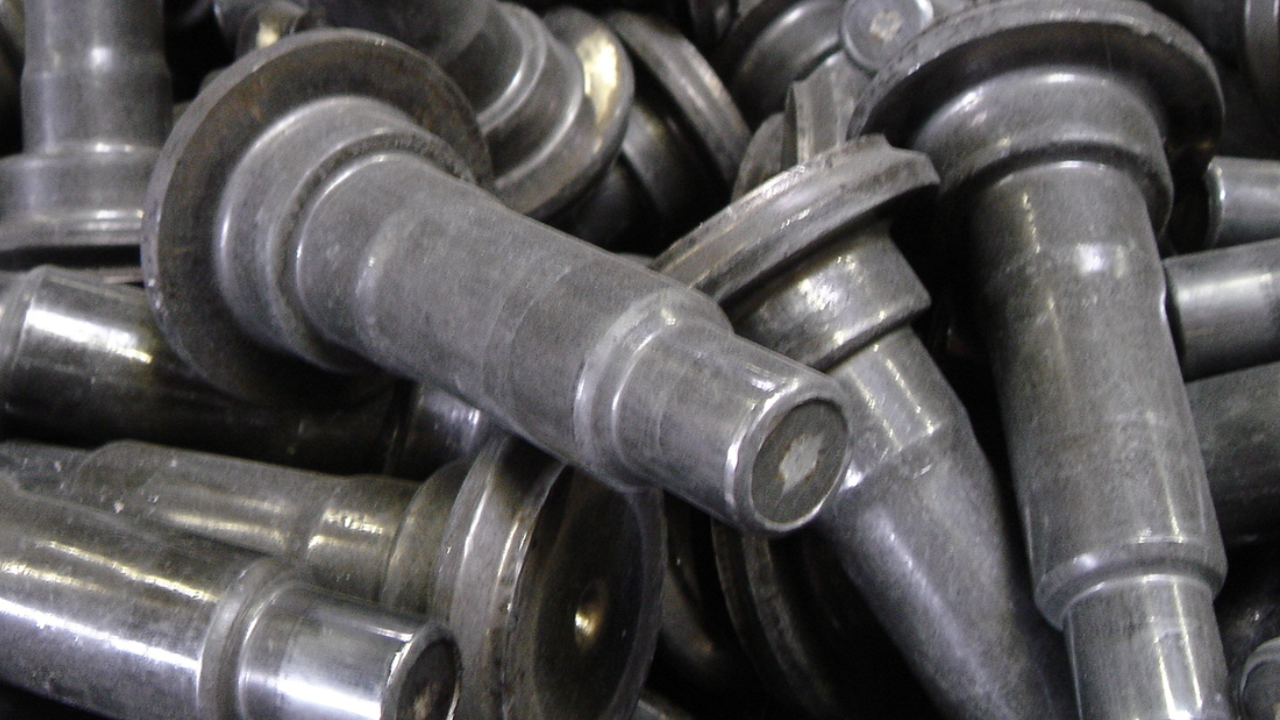The distinction between forging and casting constitutes a fundamental duality in the field of metal manufacture, altering the very essence of a metal component. Forging is a method that uses heat and pressure to turn solid metal into durable structures with aligned grain patterns. On the other hand, casting involves immersing the molten metal in molds and letting it cool and harden into complicated shapes.
This divide goes beyond the procedures themselves, penetrating the qualities, applications, and industries these processes serve. We unravel the essence of forging and casting in this exploration of CXINFORGING, shining light on their distinct routes and exposing the specific characteristics each offers to fabricate metallic components that power industries and create the world.
Forging vs. Casting: Unveiling the Differences in Metal Forming Processes
Metal forming procedures are essential in the industrial business, and forging and casting are independent methods with distinct properties. At the same time, both methods mold metals into desired shapes, and their approaches, applications, and final characteristics differ dramatically. This detailed examination will delve into the intricacies distinguishing forging from casting, shedding light on the various areas of metallurgical expertise.
Foundation of Forging and Casting
Forging and casting are fundamentally different processes. Forging is a deformation process that includes shaping metal by applying compressive forces, often done at high temperatures to increase malleability. Casting, on the other hand, is a method that relies on the liquefaction of metal before putting it into a mold to solidify and adopt the required shape.
Material Property and Microstructure
Because of the directional alignment of the grain structure during the forging process, forged items have greater strength and improved mechanical qualities. Controlled grain flow improves toughness and fatigue resistance, making forged components suited for high-stress and cyclic loading applications. On the other hand, cast pieces frequently have a more irregular and isotropic grain structure, which may result in inferior mechanical qualities.
Precision and Tolerance
Precision in shaping metal components is an essential manufacturing feature, and forging and casting differ. Dies and controlled techniques ensure that forged items closely comply with design standards. On the other hand, casting may introduce more variation in dimensions and surface polish, making it appropriate for situations where absolute precision is not a primary concern.
Applications in Various Industries
Forged components are preferred in industries that value strength, longevity, and precision. Forging is frequently used in the automotive, aerospace, and oil and gas sectors for crucial components such as connecting rods, crankshafts, and gears. On the other hand, casting is often used in applications such as decorative elements, housings, and significant structural components where precise shapes and design intricacy are more critical than mechanical qualities.
Influence of Temperature
Temperature is critical in both the forging and casting operations. Forging often entails working with metals at elevated temperatures, which allows for greater malleability and material flow. This higher temperature also makes removing faults easier and improves the forged object's overall quality. Casting, on the other hand, entails the liquefaction of metal, which must then cool and solidify in the mold.
Tooling and Equipment
Forging deforms the material using dies, hammers, or presses and requires sturdy tooling to tolerate high pressures and temperatures. On the other hand, casting uses molds composed of materials such as sand, metal, or ceramics. Casting tooling is often less expensive than forging dies, although molds may require frequent replacement, particularly in high-volume production.
Grain Flow and Mechanical Integrity
The concept of grain flow is critical to comprehending the mechanical integrity of forged components. The metal's grain structure aligns with the item's geometry during forging, generating a continuous and directional flow. This alignment improves the part's strength and resistance to fatigue. The cooling and solidification process in casting results in a more irregular grain structure, which can introduce weak areas and reduce overall mechanical integrity.
Remarks
Mechanical qualities are crucial in forging, making it appropriate for critical components in demanding sectors. With its versatility, casting finds a place in applications where mechanical attributes take a back seat to design complexity. The choice between casting and forging is ultimately based on the particular requirements, highlighting how crucial it is to understand the minute variations between the two techniques in the field of metallurgical handicraft.


